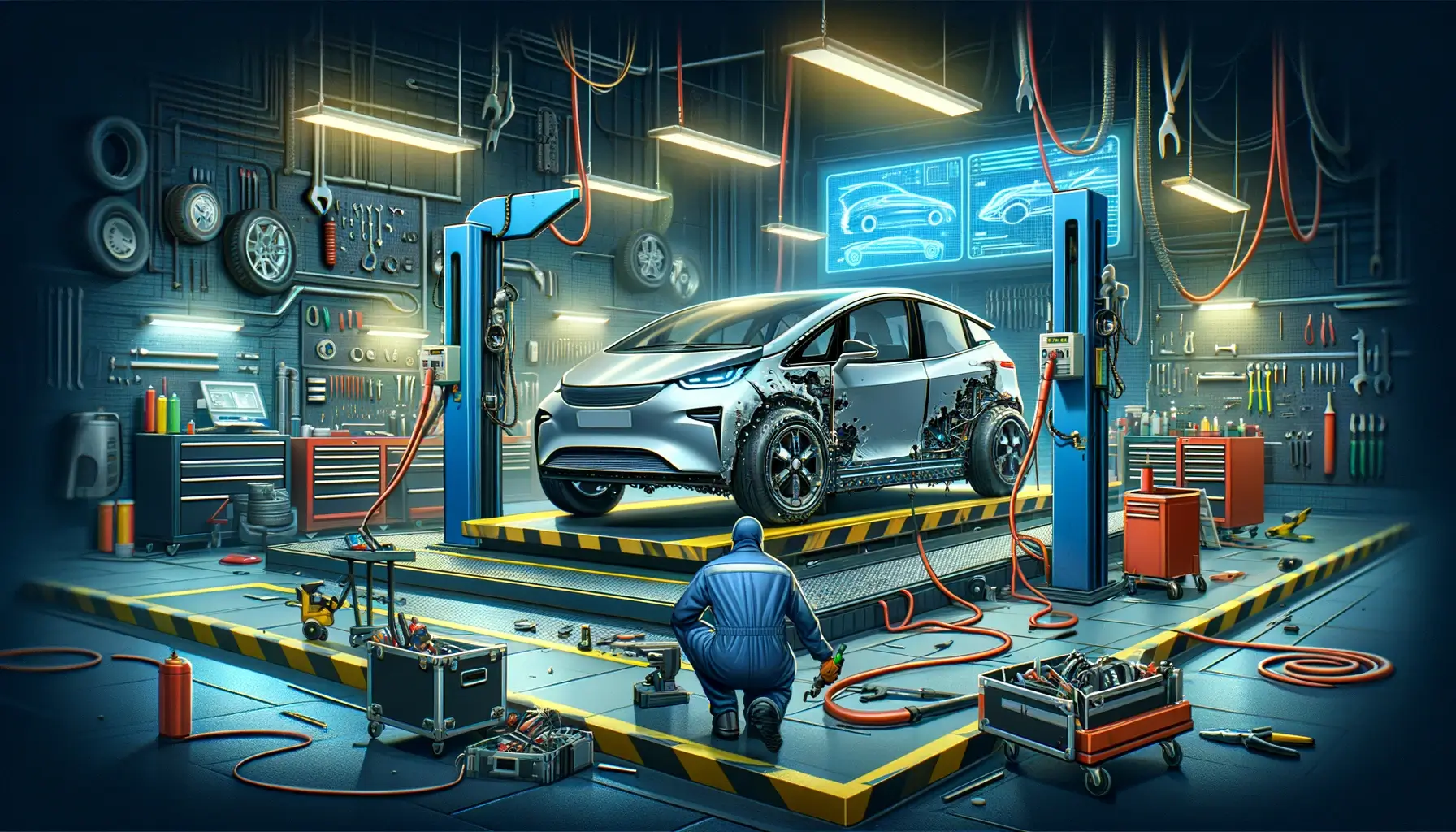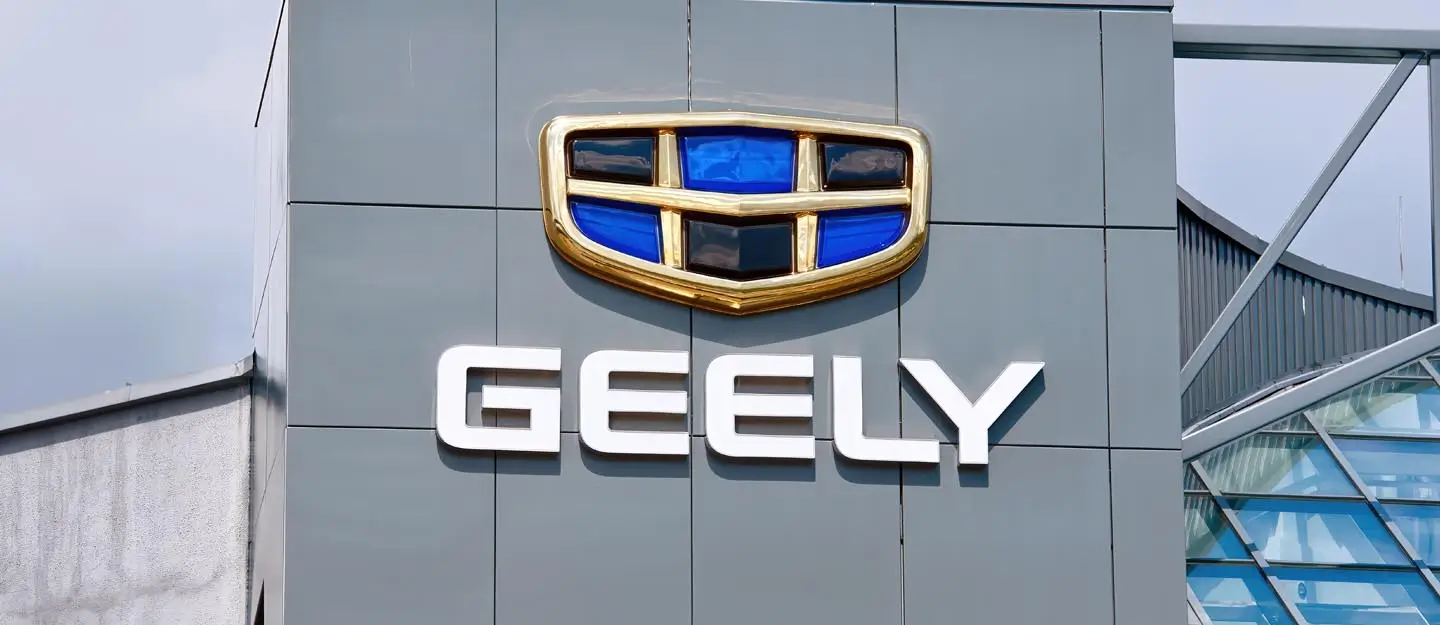Picture this: a fender bender leaves your cutting-edge EV in need of repair. While you’re grateful no one is hurt, the complexity of your vehicle’s technology adds an extra layer of concern. Repairing an EV isn’t just about fixing dents and scratches; it involves a deep understanding of advanced systems and unique structural designs. This article serves as your comprehensive guide through the often overlooked, yet critical, facets of post-accident EV repair. We aim to demystify the process, ensuring you’re equipped with the knowledge to restore your vehicle to its pre-accident state, prioritizing safety and functionality.

Understanding Electric Vehicle Repair Post-Collision (PDF).
EV Accidents: A Reality Check
When choosing a car, safety is paramount. We often prioritize features designed to prevent accidents and minimize harm in the event of one. Electric vehicles, including hybrids and all-electric models, meet the same crash test standards as conventional gasoline vehicles. Their advanced technical features, like adaptive cruise control and multiple camera systems, offer enhanced active safety measures.
But what happens if an accident occurs? Rest assured, an EV will protect you just as well as a conventional vehicle. However, the repair process for electric vehicles introduces additional factors that demand your attention.
Electric Car Safety Post-Collision
In the event of an accident, the high-voltage (HV) systems in your EV, typically marked in bright orange, may be compromised. These systems pose a significant risk if handled improperly. Not every repair facility is equipped or trained to manage these systems safely. It’s crucial to choose a repair center that is not only capable of fixing your vehicle correctly but also ensures the safety of the technicians working on it.
Specialized Repair Procedures
Repairing an EV involves unique procedures, especially concerning the high-voltage battery. Incorrect handling can lead to hazards like fires. The battery must be removed and maintained precisely, and in some cases, stored in specially designed quarantine rooms.
Dealing with Multi-Material Structures
Many EVs use a blend of materials like aluminum, steel, and carbon fiber to balance the weight of the batteries and maintain efficiency. These materials require specialized tools and techniques for proper repair. Manufacturers provide specific training to certified body shops to ensure your vehicle is repaired correctly.
What Steps Can You Take?
After a collision, your EV needs careful handling, akin to being on life support. This includes maintaining the high-voltage battery and ensuring all control modules are functioning correctly. A manufacturer-certified body shop will have the necessary equipment and access to guidelines for proper repair procedures.
Battery Handling Insights
As highlighted by Body Shop Business, handling an EV battery is a complex task. They are large, heavy, and require special equipment for removal and installation. Precision is key, and tools like alignment dowels and borescopes are often necessary for proper alignment and connection.
Conclusion
Post-repair, recalibrating your EV’s safety systems is crucial. Systems like lane departure warnings and active cruise control need precise adjustments. Choose a repair facility equipped with the necessary tools and patterns for calibration. Remember, modern, highly-electrified vehicles are intricate machines. For peace of mind, seek out a manufacturer-certified repair facility. Their certification ensures that your EV is restored to factory specifications and continues to provide safety for years to come.
By understanding these unique aspects of electric vehicle repair, you can ensure that your car is not only fixed but restored to its optimal safety and performance standards. Remember, the right repair facility will not just fix the damage but will take care of the sophisticated systems that make your EV special.




